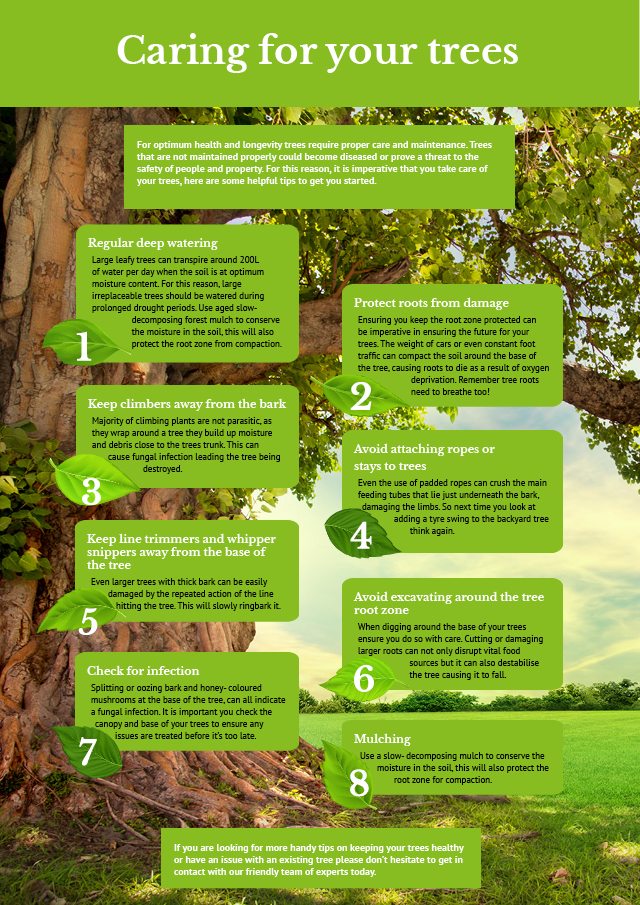Seasonal Tree Care: Optimum Timing And Methods For Trimming
Seasonal Tree Care: Optimum Timing And Methods For Trimming
Blog Article
https://www.realhomes.com/us/advice/mediterranean-gardens-tips-and-design-ideas By-Warren Hovgaard
When it comes to seasonal tree cutting, timing and strategy are crucial for your trees' health and development. You might be surprised at how much a simple cut can motivate new life. Recognizing when to trim inactive trees versus flowering ones can make all the difference. But it's not practically when; it's likewise about exactly how you do it. Let's explore the very best methods to ensure your trees flourish.
Recognizing the most effective Seasons for Tree Trimming
When's the very best time to trim your trees? The answer hinges on recognizing the periods. Late winter season to early spring is frequently optimal, as trees are still inactive. This timing decreases anxiety and promotes healthier development when they awaken.
However, if you're taking care of blooming trees, think about cutting right after their blooms discolor. This ensures you won't remove next year's blossoms.
In summer, light trimming can assist maintain shape and eliminate any type of dead or unhealthy branches. Stay https://killstumpwithepsomsalt28405.mybuzzblog.com/15035380/appropriate-tree-trimming-is-crucial-to-a-healthy-landscape-but-are-you-making-these-typical-bad-moves-that-could-threaten-your-initiatives of hefty pruning during loss, as trees are planning for inactivity and could battle to heal.
Eventually, understanding your tree varieties and local climate will certainly assist your cutting routine. Choose sensibly, and your trees will certainly flourish beautifully year-round.
Crucial Trimming Strategies for Healthy Trees
Pruning your trees successfully is important for their health and wellness and long life. Begin by using tidy, sharp tools to make exact cuts, which helps stop damage and illness.
Focus on removing dead, damaged, or crossing branches first; this motivates better air movement and sunlight infiltration. When reducing, go for an angle that advertises recovery and reduces the risk of rot. Always trim simply outside the branch collar, the swollen location where the branch fulfills the trunk, to enhance recuperation.
For young trees, form them by precisely pruning to develop a solid structure. Finally, avoid over-pruning; getting rid of excessive foliage can emphasize your tree.
Common Mistakes to Avoid When Pruning
Several homeowners make vital blunders while pruning their trees, which can bring about long-lasting damage.
One common error is over-pruning, where you remove a lot of branches at once. This can emphasize the tree and impede its development.
Another mistake is utilizing dull tools; sharp, tidy devices make cleaner cuts that recover much faster.
Do not forget to prune at the incorrect season; winter is often best for numerous varieties, while summer season is perfect for others.
Additionally, avoid cutting branches as well near the trunk or leaving stubs, as both can welcome pests and diseases.
Last but not least, failing to step back and assess the tree's general form can lead to irregular development.
Maintain these blunders in mind for healthier, growing trees!
Verdict
Finally, seasonal tree trimming is essential for your trees' health and development. By trimming at the right times-- late winter for inactive trees and right after flowers for flowering ranges-- you'll motivate lively foliage and blossoms. Remember to make use of clean, sharp devices and follow proper methods to prevent damages. Stay clear of heavy trimming in the autumn and stay clear of usual errors. With these pointers in mind, you'll keep your trees flourishing all year round!
